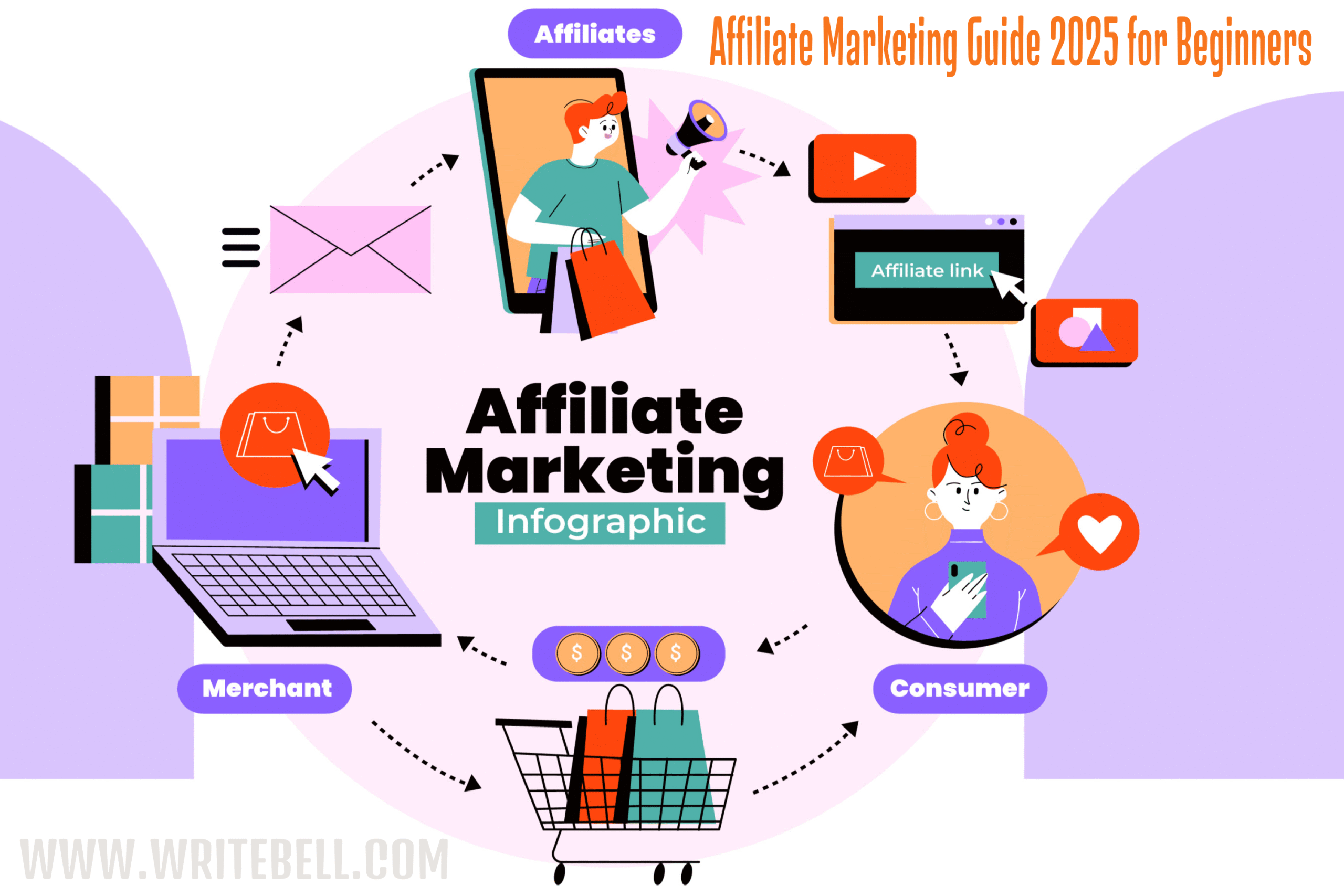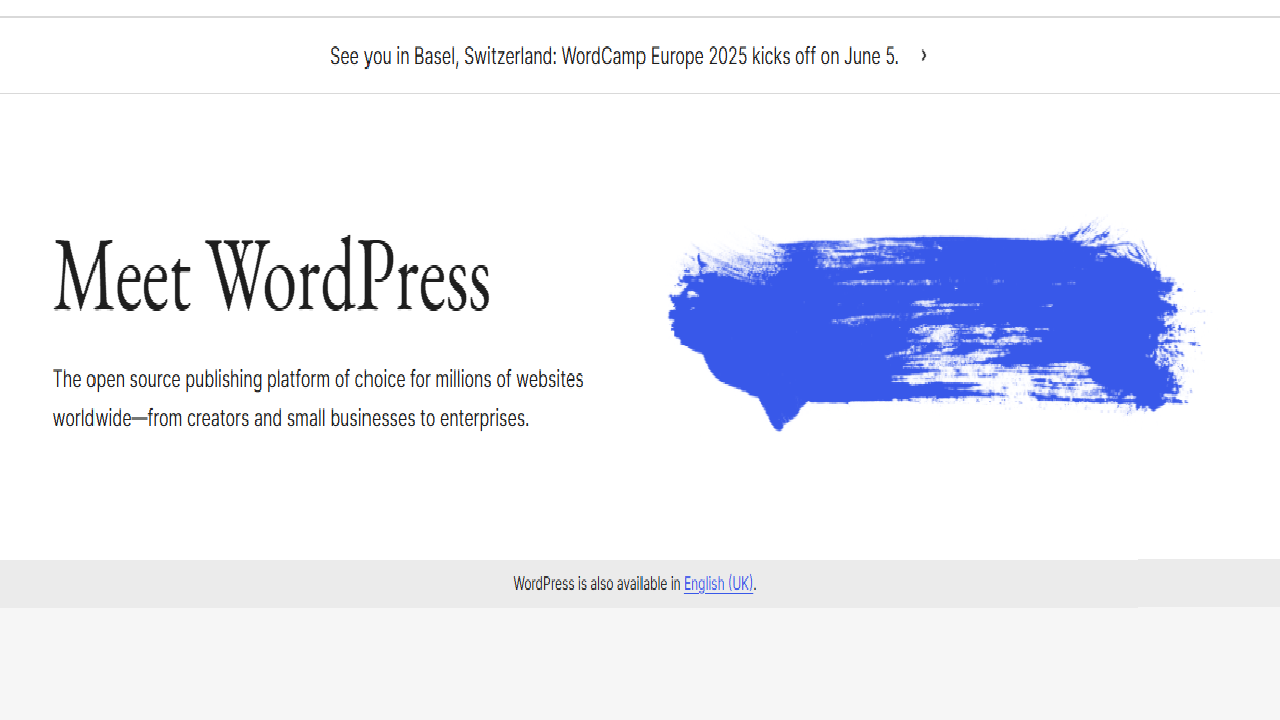Table of Contents
How To Write An Article SEO Friendly
Introduction: How To Write An Article SEO Friendly
In today’s digital world, knowing how to write an article SEO friendly is essential for getting noticed. It’s not just about keywords—it’s about creating content that ranks well, reads naturally, and truly helps your audience. This guide breaks down the steps to write content that both Google and readers love.
1. Why SEO Matters in 2025
In today’s digital world, creating great content isn’t enough—you need to make sure people can find it. That’s where SEO (Search Engine Optimization) comes in. Whether you’re a blogger, business owner, or content marketer, knowing how to write an article SEO friendly is one of the most valuable skills you can have in 2025.
Search engines like Google are smarter than ever. They’re not just looking for keywords anymore—they’re analyzing user intent, page experience, content depth, and even how people interact with your article. So, writing SEO-friendly content isn’t about gaming the system. It’s about aligning with what real people are searching for and giving them the best answer.
2. Understanding What “SEO Friendly” Really Means
Before diving into tactics, let’s clear something up: SEO-friendly doesn’t mean keyword-stuffed or robotic. Writing an article that’s SEO friendly means making it easy for search engines to understand what your content is about while also creating a smooth, enjoyable experience for readers.
Think of it like this: you’re writing for humans, but optimizing for search engines. Your job is to bridge both worlds—offering value to your audience and structure for search bots.
That’s why learning how to write an article SEO friendly starts with understanding both the technical and creative sides of content creation.
3. Step 1: Start With Keyword Research
Every great SEO-friendly article starts with the right keywords. But not just any keywords—the ones your audience is actually typing into Google.
Use tools like:
- Google Keyword Planner
- Ubersuggest
- Ahrefs or SEMrush
- AnswerThePublic
Look for keywords that have decent search volume and low to medium competition. Don’t forget to check out related questions people are asking.
If you’re wondering how to write an article SEO friendly, keyword research is your compass. It tells you where to go and what your readers are looking for. No guesswork—just strategy.
4. Step 2: Craft a Click-Worthy Title and Meta Description
Your title is the first thing readers (and search engines) see. It needs to be:
- Clear
- Concise
- Keyword-rich
- Enticing
For example, instead of “Tips for Writing Online,” try “How to Write an Article SEO Friendly in 2025 (Step-by-Step Guide).”
Don’t forget the meta description—the snippet that shows under your title in search results. Make it informative and appealing. This is your ad copy. Make people want to click.
If you’re still unsure how to write an article SEO friendly, remember this: your title and meta description are your first impression. Make it count.
5. Step 3: Structure Your Article for Search and Skimming
Search engines love structure—and so do readers. Use:
- Headings (H1, H2, H3, etc.)
- Short paragraphs
- Bullet points and numbered lists
- Clear subheadings
This makes your content easier to crawl, index, and understand. It also keeps readers engaged.
Use your keyword in at least one heading (just like we did here with “How to Write an Article SEO Friendly”) and make sure each section adds value.
A wall of text might have all the answers, but if no one wants to read it, it won’t rank.
6. Step 4: Naturally Include Keywords (Without Stuffing)
Keyword stuffing is old-school and will actually hurt your rankings today. Instead, focus on using:
- Primary keyword: Naturally within the first 100 words, headings, and a few times throughout.
- LSI (Latent Semantic Indexing) keywords: Related terms and phrases to give context.
- Synonyms: Helps with readability and SEO.
In our case, we’ve used the phrase “how to write an article SEO friendly” several times throughout this article—naturally, without forcing it.
The goal isn’t to repeat a phrase a certain number of times. It’s to make sure your content clearly aligns with what people are searching for.
7. Step 5: Optimize Images, Links, and Readability
SEO-friendly articles aren’t just about text. Every element counts:
- Images: Use descriptive file names and include alt text with keywords where appropriate.
- Internal links: Link to other relevant content on your site. It keeps readers around longer and helps Google understand your site structure.
- External links: Link to high-quality sources to build credibility.
- Readability: Use simple language, short sentences, and avoid jargon.
A fast, easy-to-read article with helpful visuals will always perform better than a slow, clunky one—even if the content is similar.
If you’re wondering how to write an article SEO friendly beyond keywords, this is it. Optimization touches everything.
8. Step 6: Focus on Quality and Intent
Search engines are smart. They know if people are clicking on your article, then leaving after a few seconds—that’s a bad sign.
That’s why the heart of how to write an article SEO friendly is this: write something useful. Match the intent behind the search. If someone’s looking for a “step-by-step SEO article writing guide,” give them exactly that—not a vague overview.
Ask yourself:
- Does this answer the reader’s question?
- Is this better than what’s already ranking?
- Would I share this article if I read it?
Quality beats quantity, every time.
9. Step 7: Use Tools, But Keep It Human
There are so many tools out there to help with SEO:
- Grammarly for clarity
- Yoast SEO (for WordPress users)
- Surfer SEO for content score optimization
- Hemingway Editor for readability
These tools can guide you, but don’t lose your voice. The best SEO articles sound like they were written by you, not an algorithm.
So if someone asks you how to write an article SEO friendly, you can confidently say: “By blending smart tools with real human insight.”
10. Final Thoughts: The Balance Between SEO and Real Value
By now, you should have a clear understanding of how to write an article SEO friendly—from researching the right keywords to optimizing the final draft for readability, structure, and engagement.
But here’s the thing most people forget: SEO is just the first step. The real magic happens when you combine that strategy with authenticity, insight, and care for your readers.
Google might get people to your page, but your voice and value are what make them stay—and come back.
So keep learning, keep writing, and remember: SEO isn’t about beating the system. It’s about meeting people where they are—and giving them exactly what they need.



 Pro Tip: Choose a niche that balances passion, demand, and profit potential.
Pro Tip: Choose a niche that balances passion, demand, and profit potential. Amazon Associates
Amazon Associates ShareASale
ShareASale ClickBank
ClickBank CJ Affiliate
CJ Affiliate Impact & PartnerStack
Impact & PartnerStack Promoting random products just for commissions
Promoting random products just for commissions


